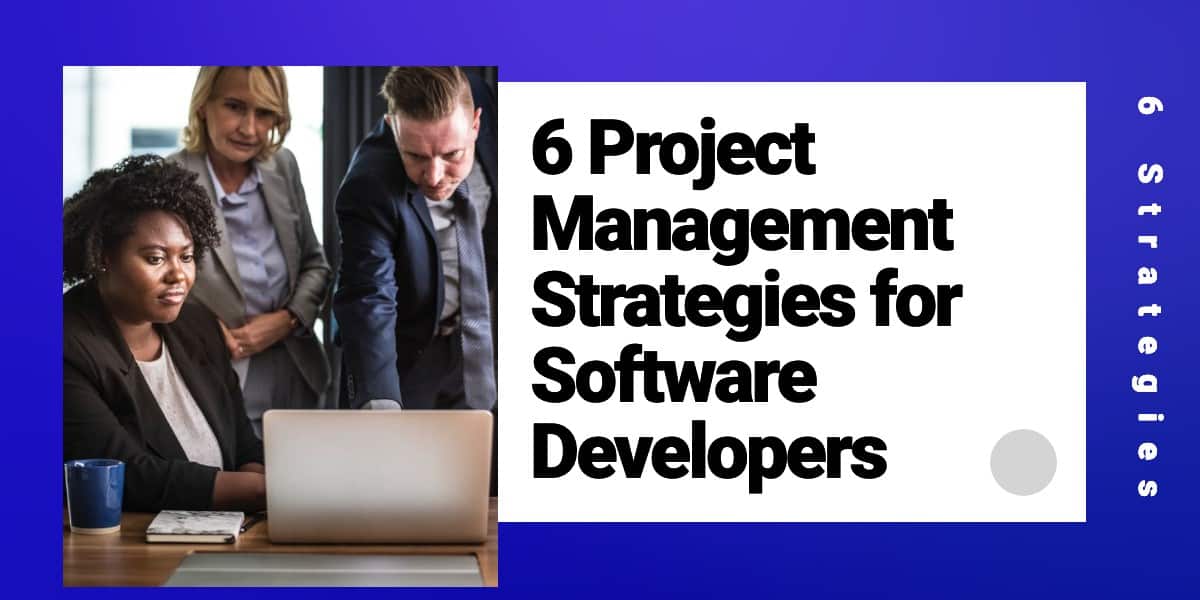 Project management strategies help you finish projects on time, on budget, and within scope. Easily said, but how do you create a system around project management? These 6 tips will help you get there.
Project management strategies help you finish projects on time, on budget, and within scope. Easily said, but how do you create a system around project management? These 6 tips will help you get there.
1. Stop Using Email
The number one way to start developing your own project management strategies is to stop using email as a project management tool. It is not a tool for managing projects. It is a communication tool.
By eliminating email as the way you communicate about projects, your inbox will be cut in half – perhaps even as much as a fourth. You won’t hate your inbox as much, can manage your email better, and you can get back to using it as a sales communication tool (or to share those cat videos with your sister).
The next added benefit is that you won’t be responding to the squeakiest wheel or the person with the request that just happened to be at the top of your inbox. If you are using project management software properly, you will know what your priority is and be able to address requests accordingly.
2. Determine Your Project Management Strategies
Before you choose a project management software, you want to have a rough idea of how you are going to work with clients from a project management standpoint.
- Are you a small shop?
- Do you need your client to help you manage the projects to keep things moving?
- Do you want your client to be involved in communication throughout the project?
- Or, are you making it on your own and delivering it?
- Is your role to create a software product in-house and then sell it as a tool?
All of these questions and more will get you a rough idea of where you want your project management strategies to go.
3. Commit to Your Software Choice
Stop playing around with different software packages. Choose one and commit. They all have their pros and cons. But, don’t change just because one has that one shiny object that you’ve been looking for. These aren’t custom software solutions, so they aren’t going to be perfect. The key is to pick one and go for it.
4. Develop a Template
Part of having project management strategies is having a basic template that you use to create projects every time. This puts some structure to your projects and keeps you from reinventing the wheel every time a new project starts.
I find that most of these templates have actual software development as only a very small piece of the puzzle. It’s all the other things around it that help you start and – most importantly – finish a project. And it’s those things that separate you from your competitors. It’s part of your brand.
List out all those things you forget to do at the beginning and the end of a project. Include a testing period that ends. (You can’t be fixing bugs for free for 10 years.) Don’t forget to ask for references, referrals, testimonials, case studies, or whatever you need for future marketing at the end of a project.
5. Build a Complete Timeline
Once you open a project, build out the timeline completely. Yes, it might change. But, if you don’t have a plan, you don’t know how to modify the plan. If you don’t have a complete timeline from the beginning, you are just hoping to finish the project – someday.
Build your timeline through milestones – so, categorize the major things you want to accomplish. These usually come from the template. The individual, minuscule tasks don’t have to be scheduled. But, start at the date you need to deliver and work backward to come to the time you are planning on kicking off the project. Don’t have a required finish date? Then it’s even easier – work forward in the timeline. But, without a timeline, I guarantee the project will not be finished. You are just stating the “dreams” of the project. Put a date to it and now you have a goal.
6. Assign a Person and Date to Tasks
Here’s one of the most important parts. If you just have a list of tasks, you haven’t solved anything. Your tasks must have a due date and they need a responsible person assigned to them. As you work through the project, you should be flipping the assignment to different team members and/or the client so that the task is assigned to the person whose court it is in.
Most of the project management tools have a place where you can see what’s assigned to you (or to other members of your team or the client), so if you aren’t assigning things to people, they can easily get lost in translation. Plus, the team member doesn’t have one place to look to see what’s on their plate.
In the end, your project management strategies need to be deliberately considered and implemented. And, don’t forget – they are always evolving as you learn more, as you get better at quality control and as you get input from your team and client. The process isn’t stagnant… it evolves with you as your business grows.
Should you need help with your project management strategies, I’m available. Contact me for a free consultation.

Leave a Reply